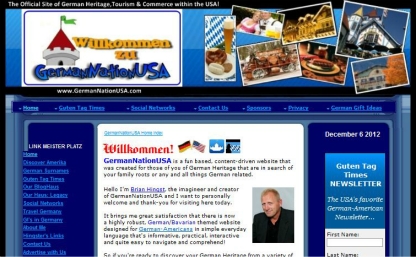Embracing German Traditions: January Celebrations in America with a Twist
It’s almost January in Germany, and the party is just getting started in America. While Octoberfest might be the first thing that comes to mind when considering German-American celebrations, the truth is, the rich heritage of German culture offers unique celebrations throughout the year.

January, often painted as a quiet month after the holiday flurry, holds vibrant traditions in Germany that have found a warm welcome in the hearts of German-Americans. Prepare to delve into the magic of these winter festivities, where customs from the old world intertwine with American flair, creating a truly unique experience.
Neujahr: Ringing in the New Year with German Cheer
New Year’s Day, or Neujahr in German, is a national holiday in both Germany and the United States. While Americans raise champagne flutes at midnight, German-Americans often enjoy a different kind of bubbly cheer: Feuerzangenbowle. This fiery punch, prepared with rum-soaked sugar set ablaze, brings warmth and excitement to the festivities.

German-American communities often host Bleigießen, a traditional fortune-telling ritual using melted lead poured into water. The resulting shapes are interpreted to provide glimpses into the coming year, adding a touch of playful mysticism to the celebrations.
Heilige Drei Könige: Epiphany with a Caroling Twist
Epiphany, celebrated on January 6th, holds special significance for both religious and cultural reasons. In Germany, it’s known as Heilige Drei Könige (Three Kings’ Day), marking the arrival of the Magi. While it’s not a national holiday in the US, German-American communities keep the tradition alive with unique twists.
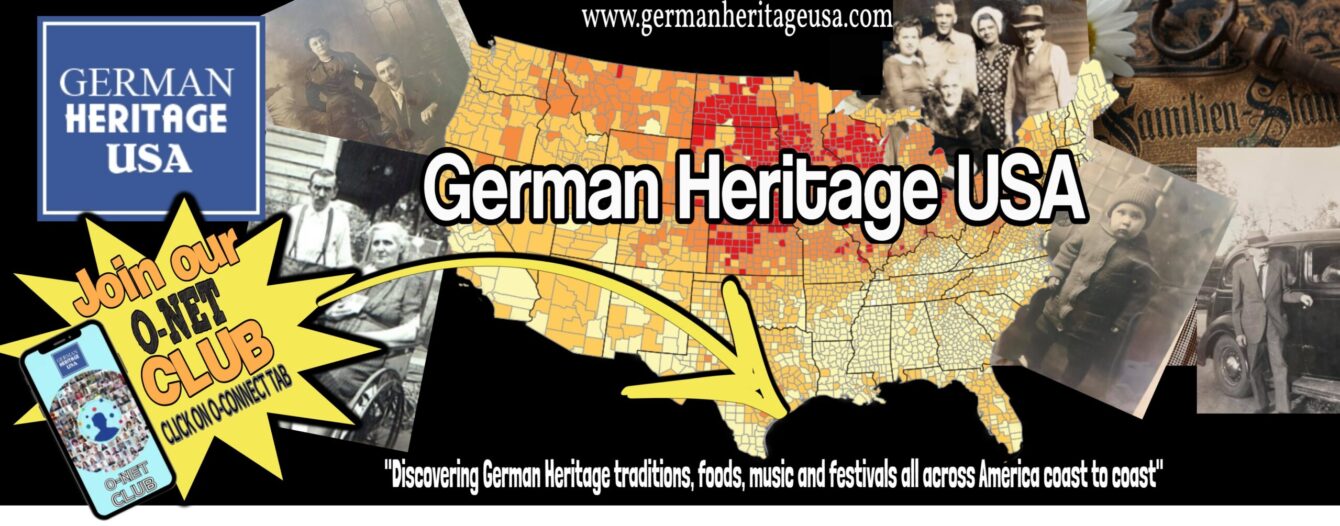
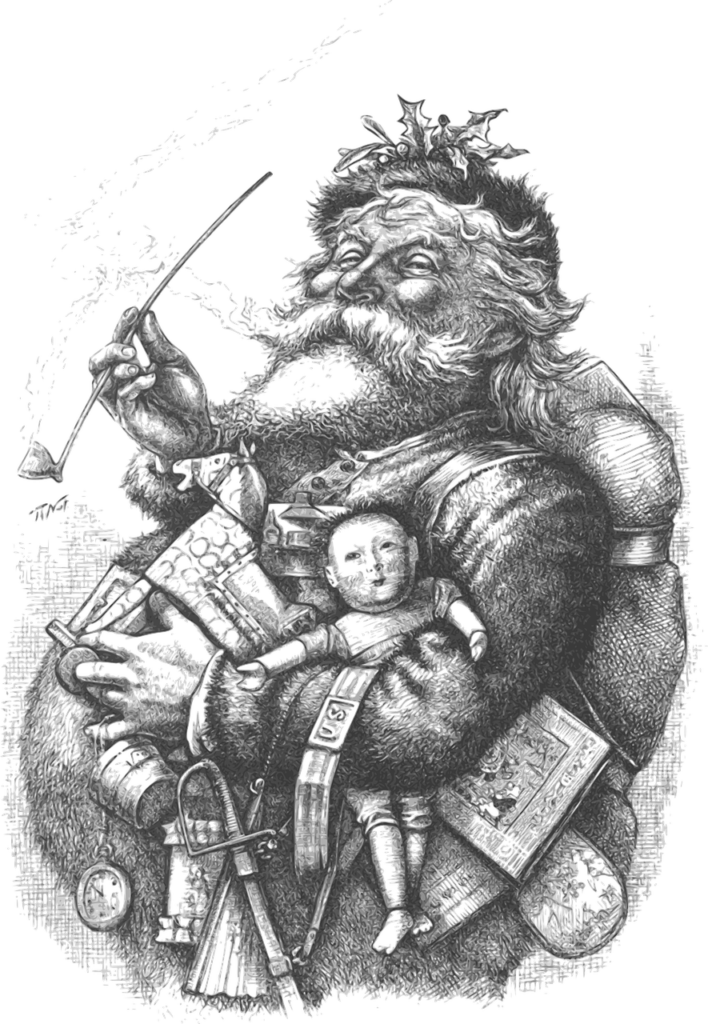
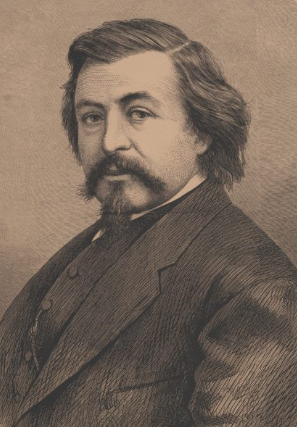

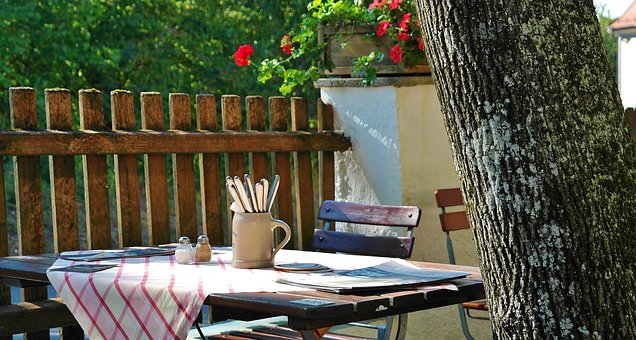
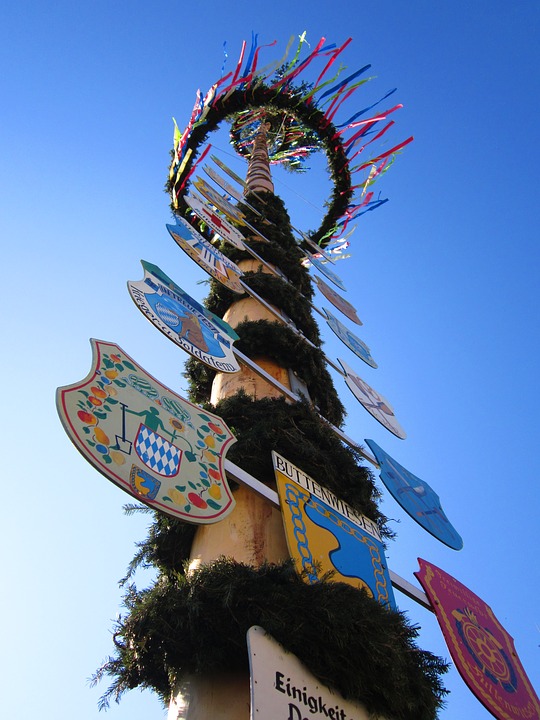

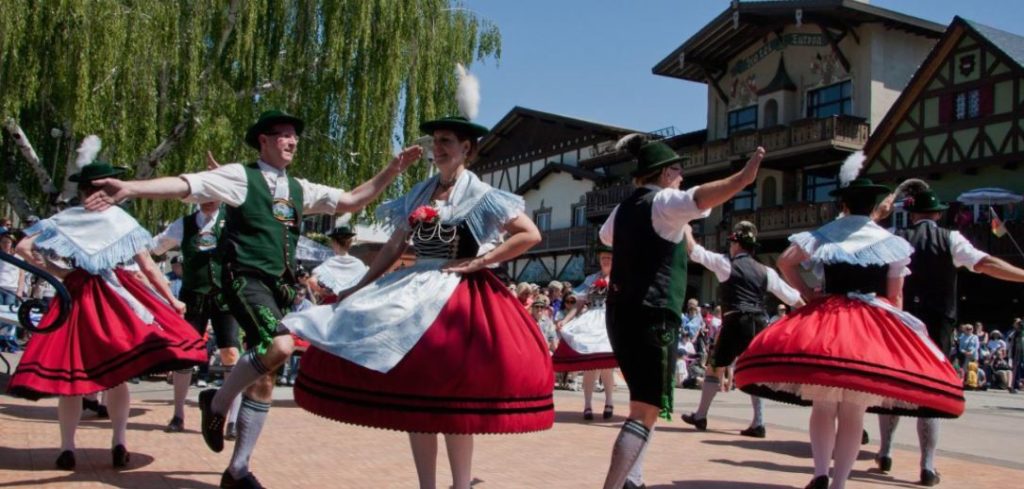 Source: @ Reed Carlson
Source: @ Reed Carlson
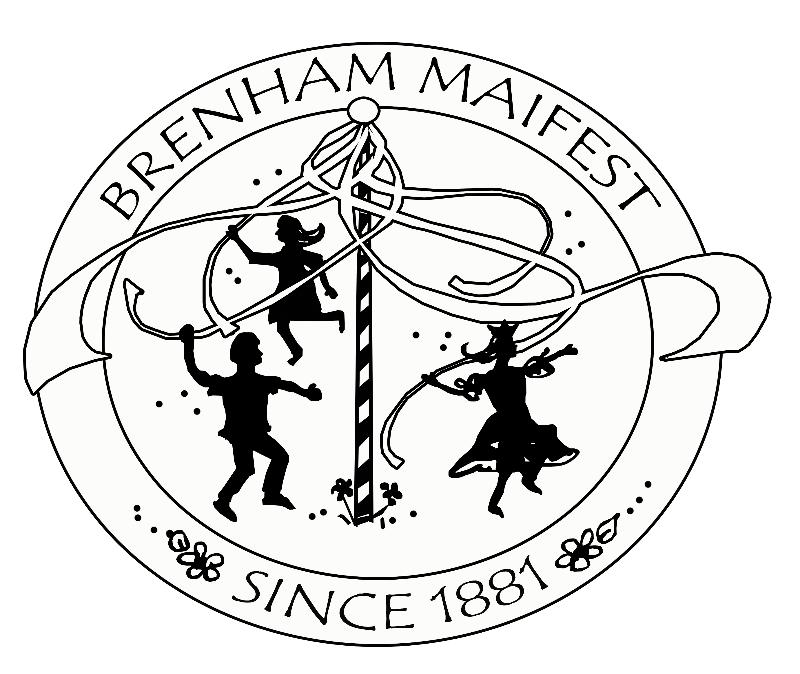
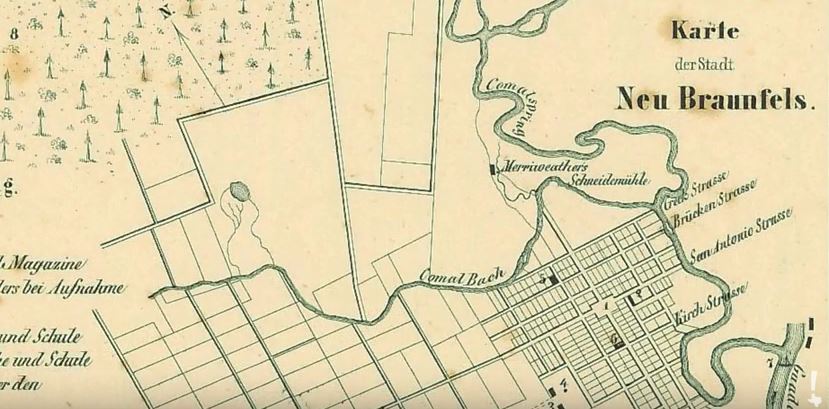 Source: Texas Historical Comission
Source: Texas Historical Comission
